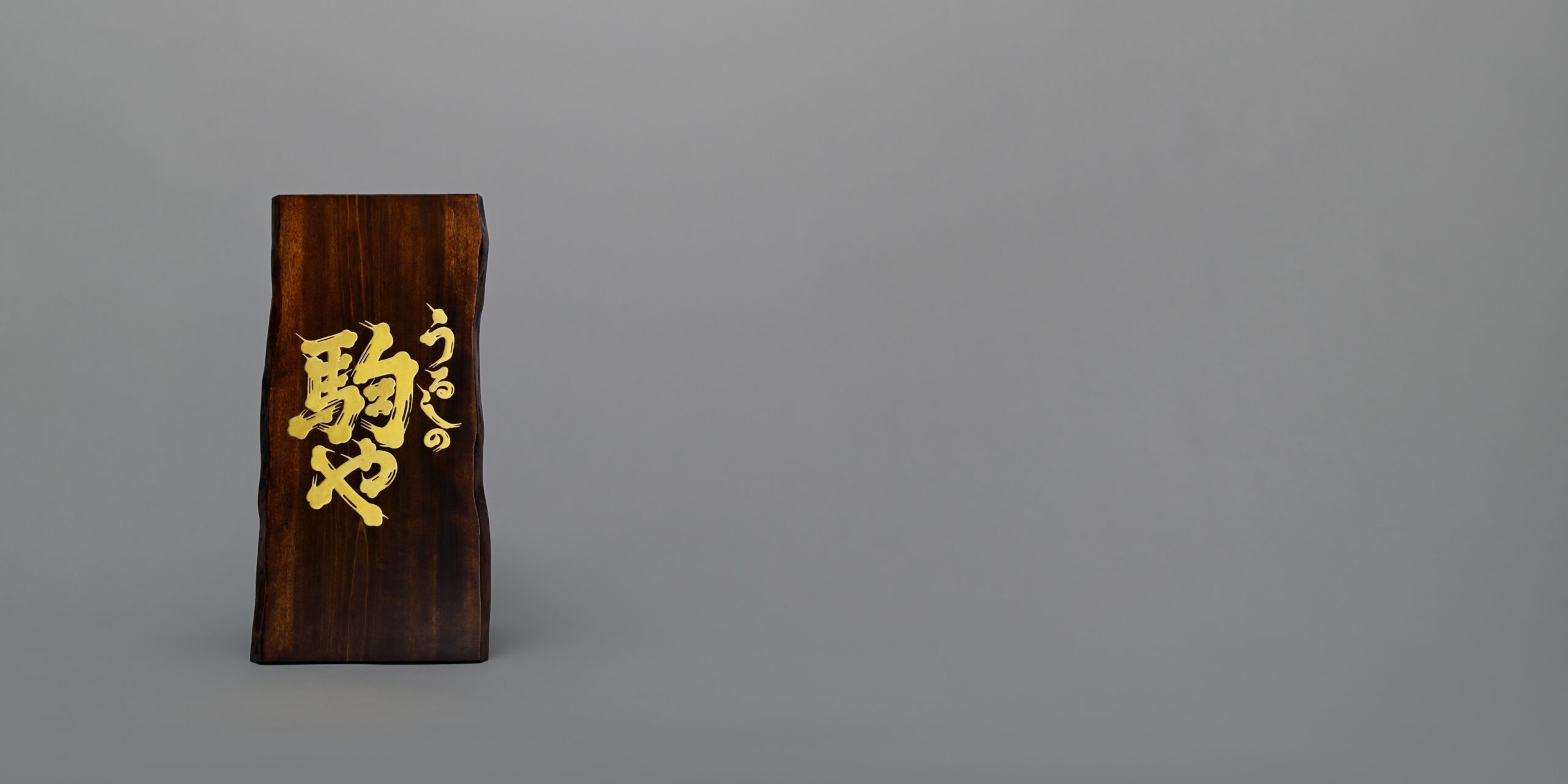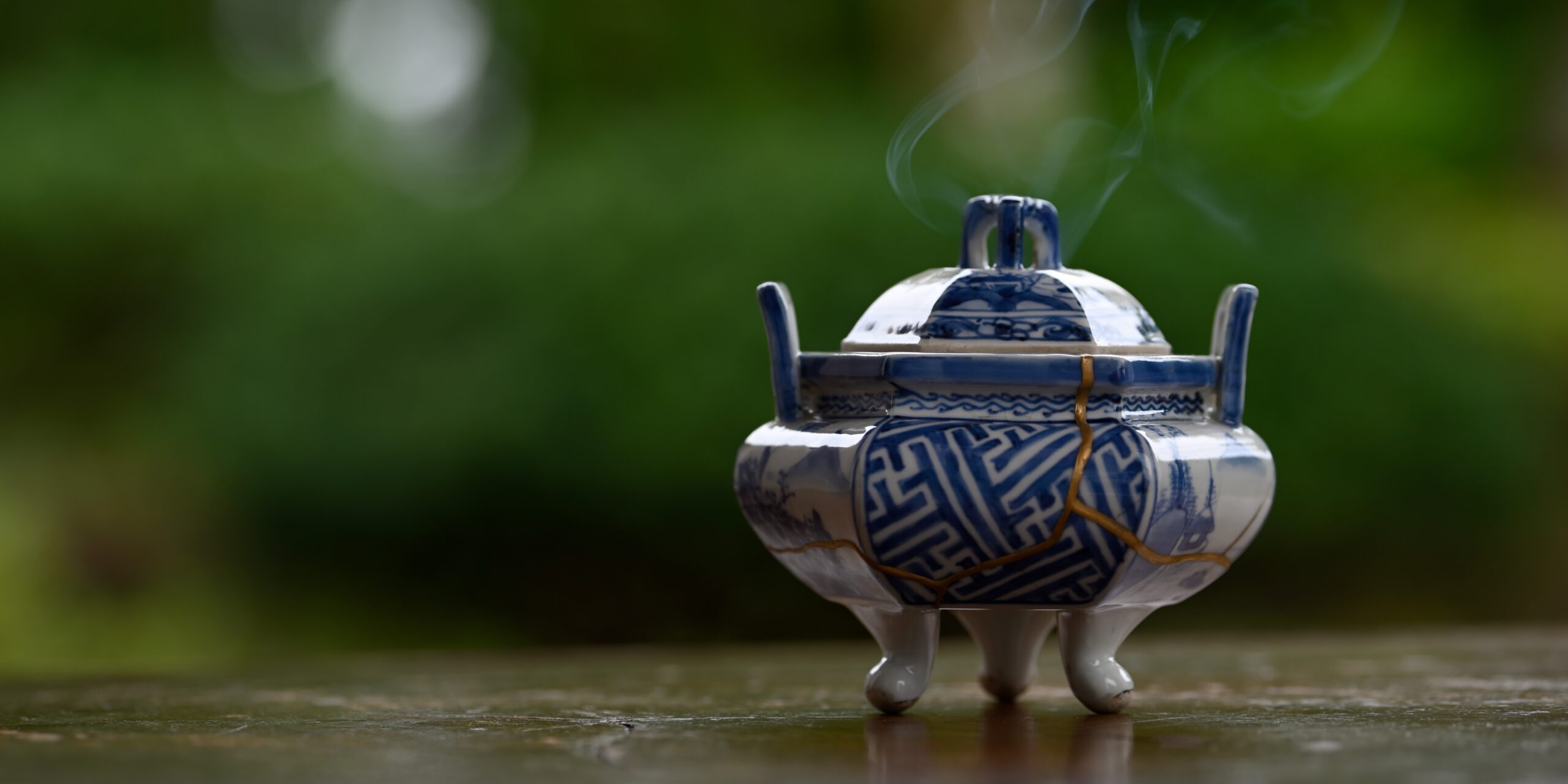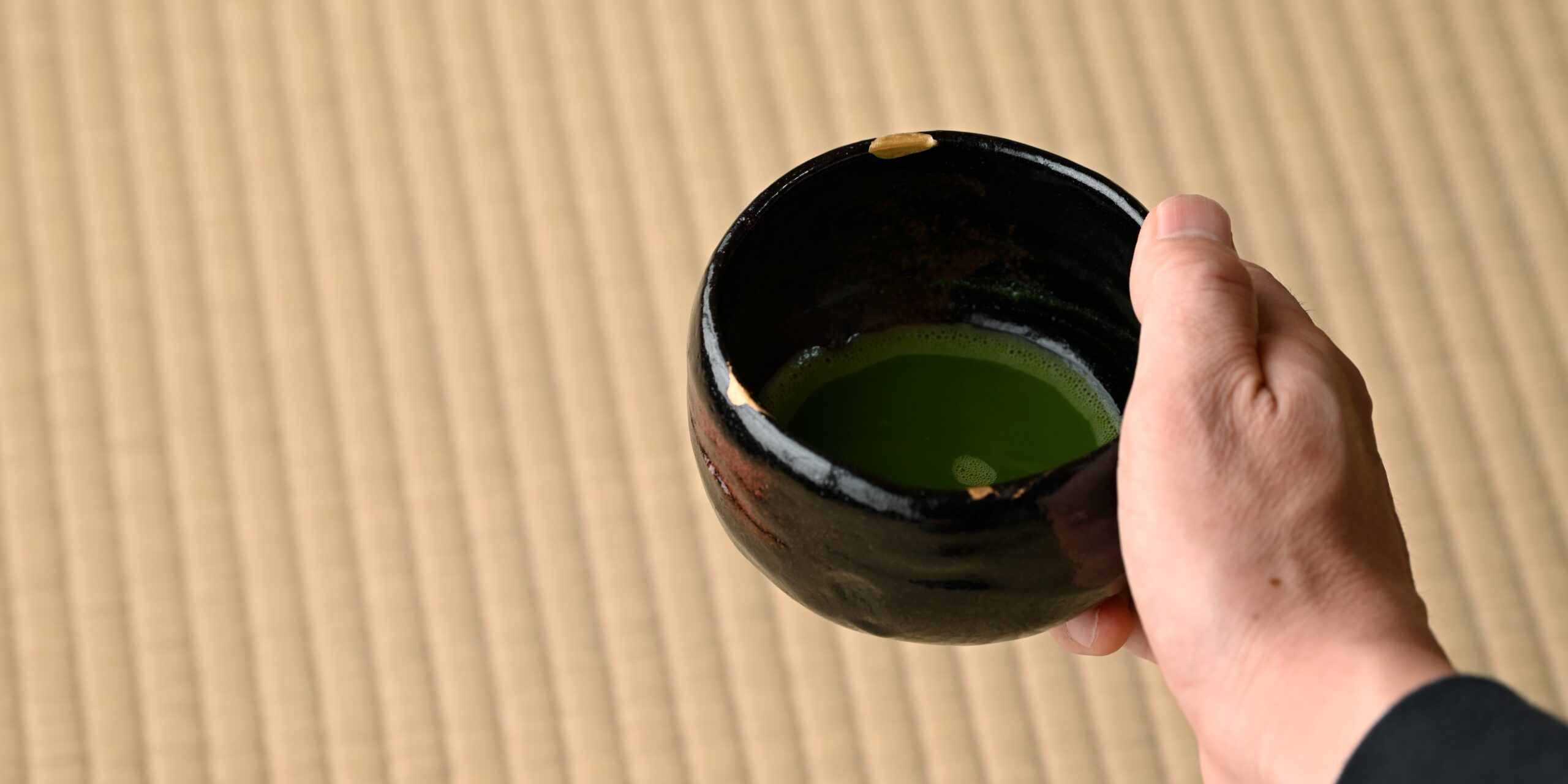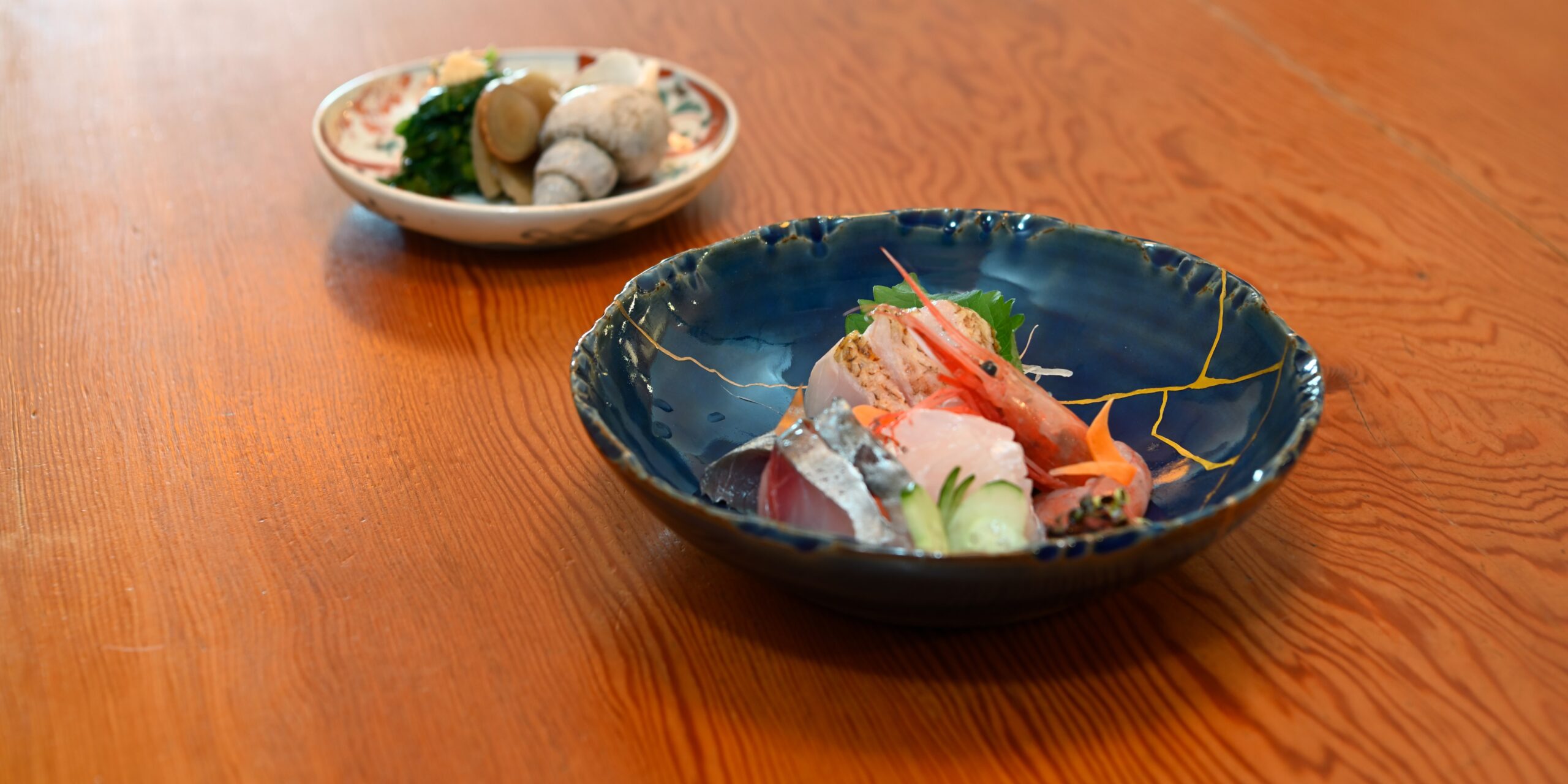
Kintsugi “Golden Repair”- Repairs by Urushi no Koma-ya
Kintsugi is an ancient Japanese art of repairing broken pottery by painting the item with lacquer (Urushi) and putting gold or silver powder or other materials (Maki-e).
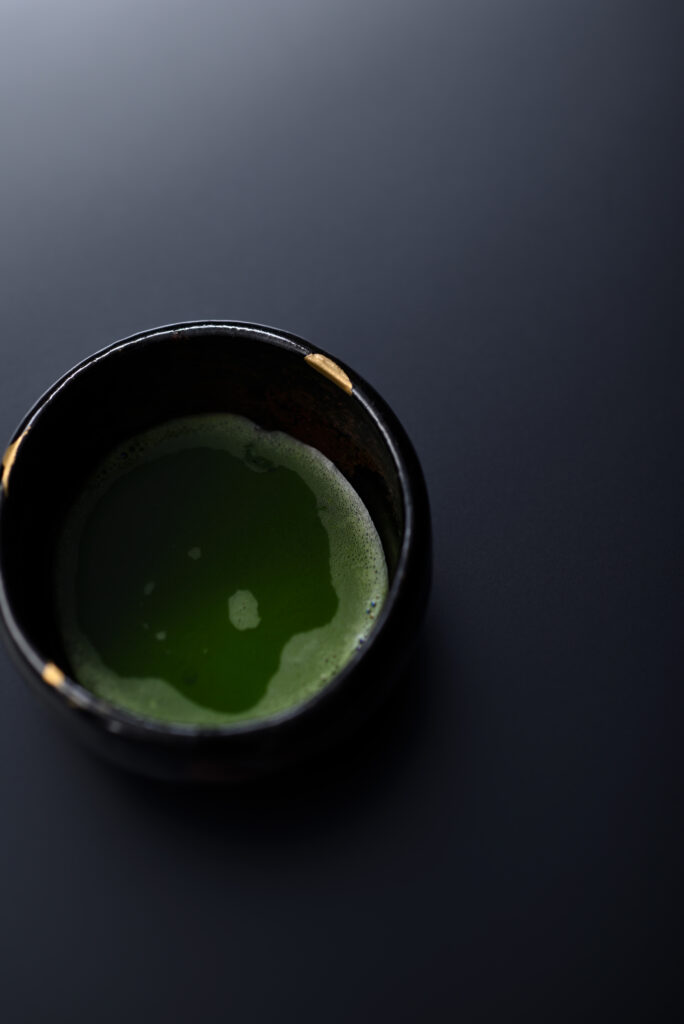
Kintsugi: The Resurrected Culture of Restoration
Kintsugi is one of many ancient Japanese arts of restoration. It encourages the reuse of broken items such as tea bowls, plates and other pottery items. This art was common in Japan hundreds of years ago and is gaining popularity once again due to its encouragement of sustainability.
Those who live in the town where Kintsugi is done are proud to work at the manufacturing site. Kintsugi involves careful attention to detail by mending broken pottery with lacquer and powder. The employees at the site handle each item with care and pour their heart into their work, each piece an example of their love and dedication to the art of Kintsugi.
Repairing Adds New Value: Bringing broken precious potter back to life with beauty
The history of “Kintsugi” is believed to have begun with the tea ceremony culture in the Sengoku period (16-17th century. It began as a practical method of repairing tea utensils given to subjects from their rulers.
Now, Kintsugi still holds the same or greater value in Japanese culture.
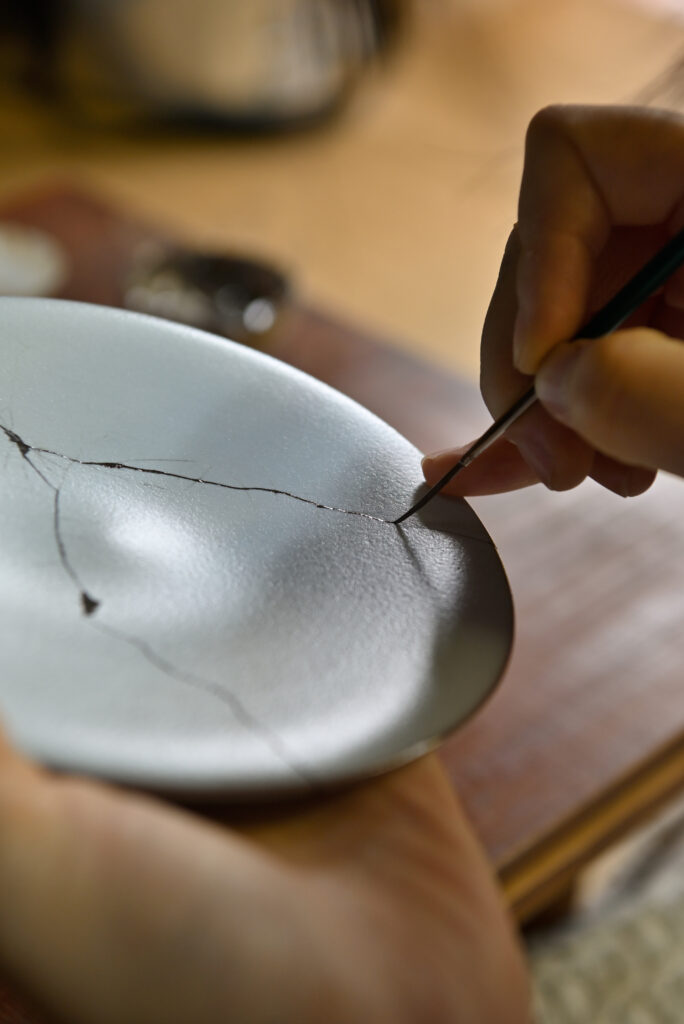
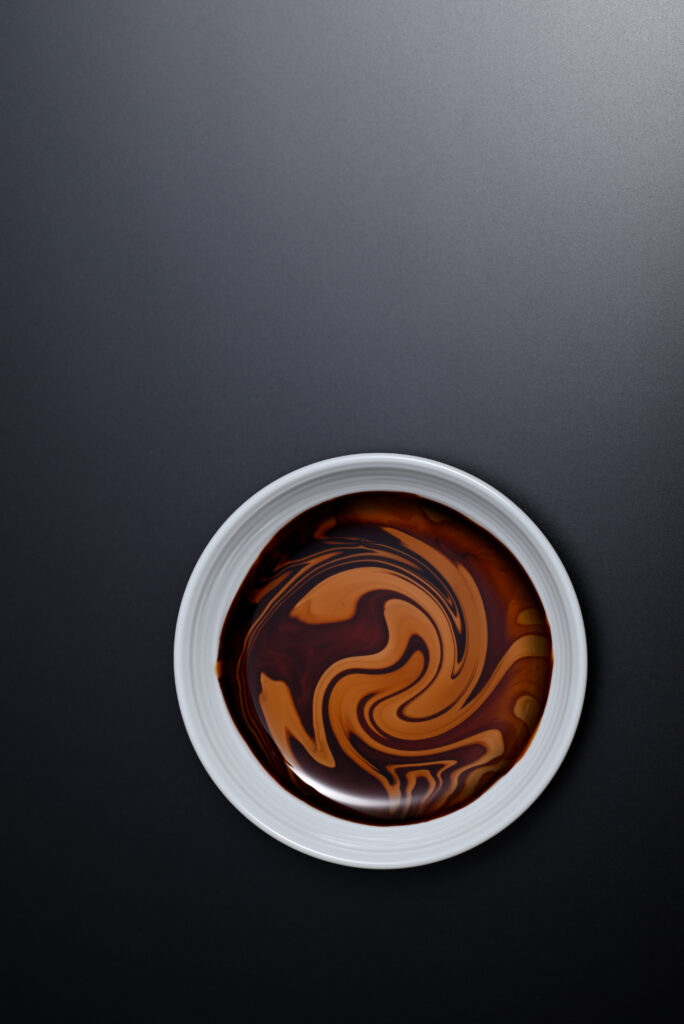
Lacquer: Connecting Ancient Pottery and Techniques to the Present
Kintsugi is done by expert craftspeople. They glue broken items with lacquer and finish with sprinkling gold or silver powder on the joints.
It is a common misconception are glued with gold when in the actual process craftspeople use a lacquer sap. This method has been utilized traditionally by craftspeople for thousands of years in Japan. It can be mixed with various things. Rice grains, whetstone powder, red iron oxide, and colored powder can be used as adhesives or paints.
The lacquer has been used since the Jomon period (14,000-300 BCE). While excavating a site, a 5,500-year-old lacquer-painted comb was discovered still intact, proving the durability of lacquer.
Echizen lacquerware: Inheriting techniques
“If you do your job well, the beauty of lacquer will surely resonate within people’s hearts.”
-Takenobu Komamoto (Owner)
Mr. Takenobu Komamoto is a certified traditional craftsperson of Echizen Lacquer. Due to this, he has taught the technique of Kintsugi and Maki-e. Mr.Komamoto’s passion for his craft is even in our shop name, “Koma-ya.”
As a shop, we hope to spread the charm of lacquerware, inheriting and sharing the culture of lacquerware that was once called “JAPAN.” “Urushi no Koma-ya” is developing a system that works flexibly in partnership with Mr. Komamoto’s “Komamoto Maki-e Kobo” to restore various items and lacquerware.
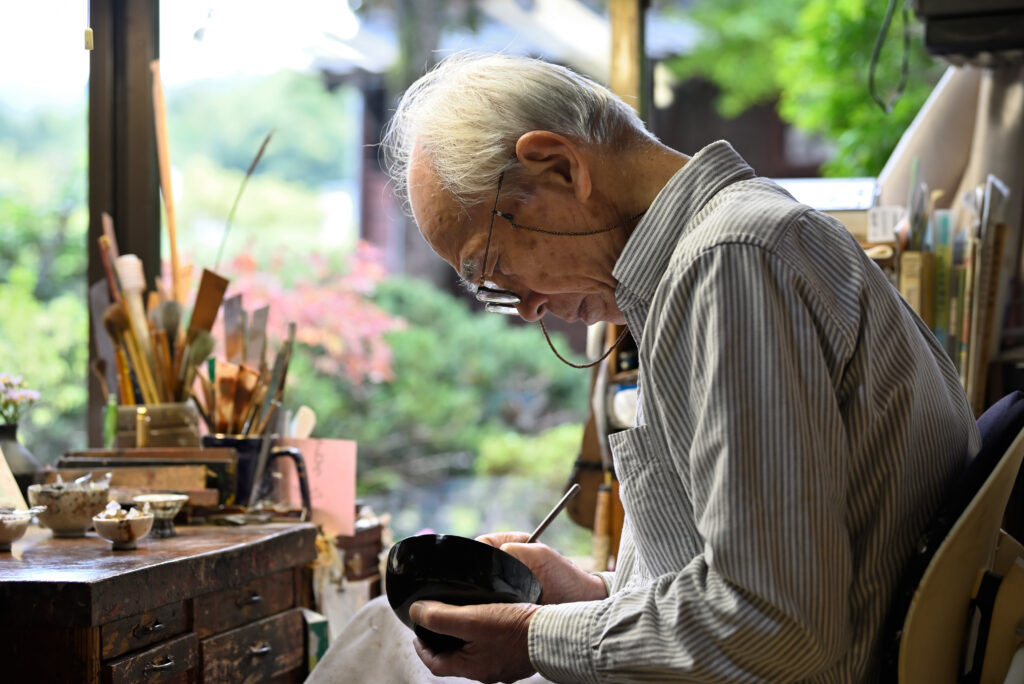
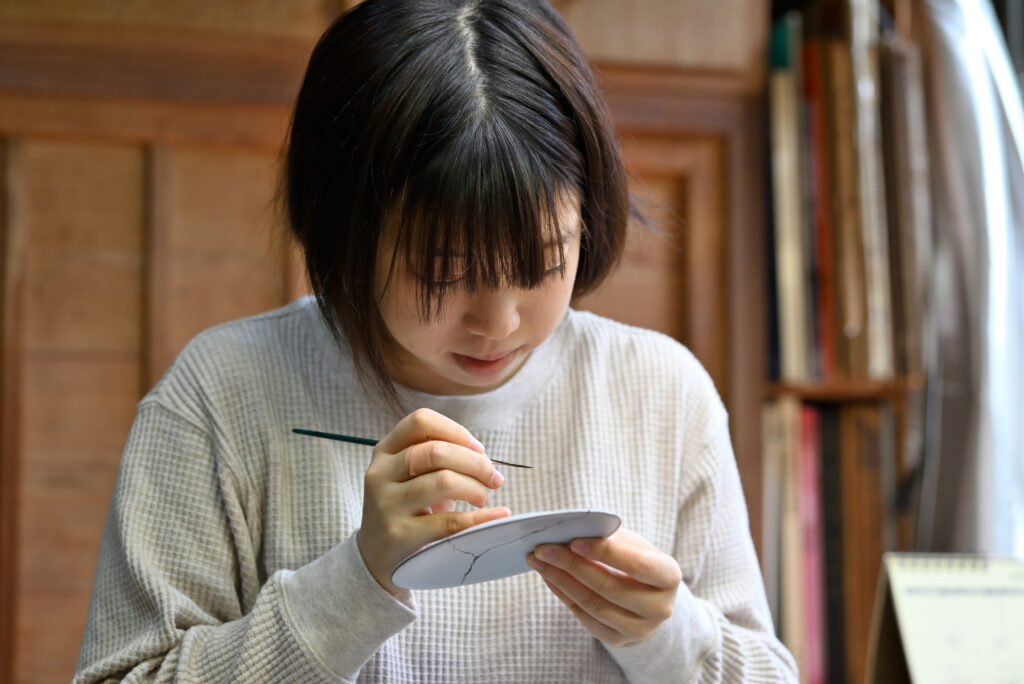
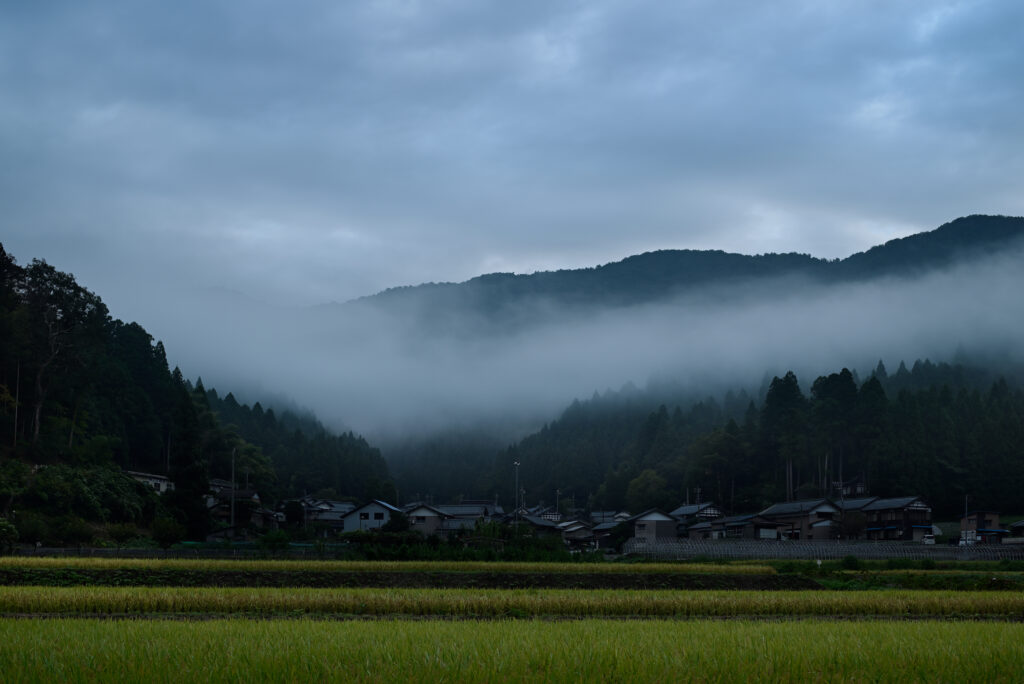
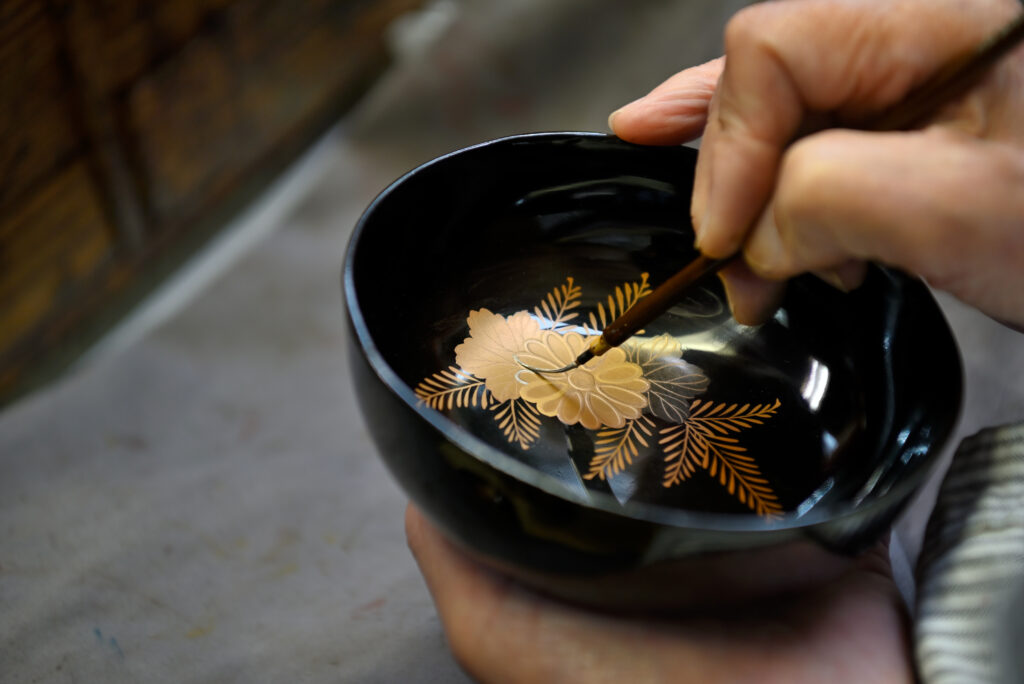
Sabae City, Fukui Prefecture: Traditional Manufacturing
Located in the Tannan district in the southern part of the Reihoku region in the Fukui Prefecture, “Urushi no Komaya” is one of five craft producers within a 10km radius. These producers have a long history of creating lacquerware, Japanese paper, pottery, forged knives, and chest of drawers and have begun using multiple techniques to create new crafts.
“Urushi no Komaya” shows the power of lacquer as well as the charm of handicrafts unique to the talented people in these manufacturing towns.
Contact Us
“Urushi no Komaya”
Kintsugi Expert: Yoshiyuki Yabushita
Address: 13-26-2 Ossakakonboku-cho, Sabae City, Fukui Prefecture 916-1104, Japan
https://urushinokomaya.com
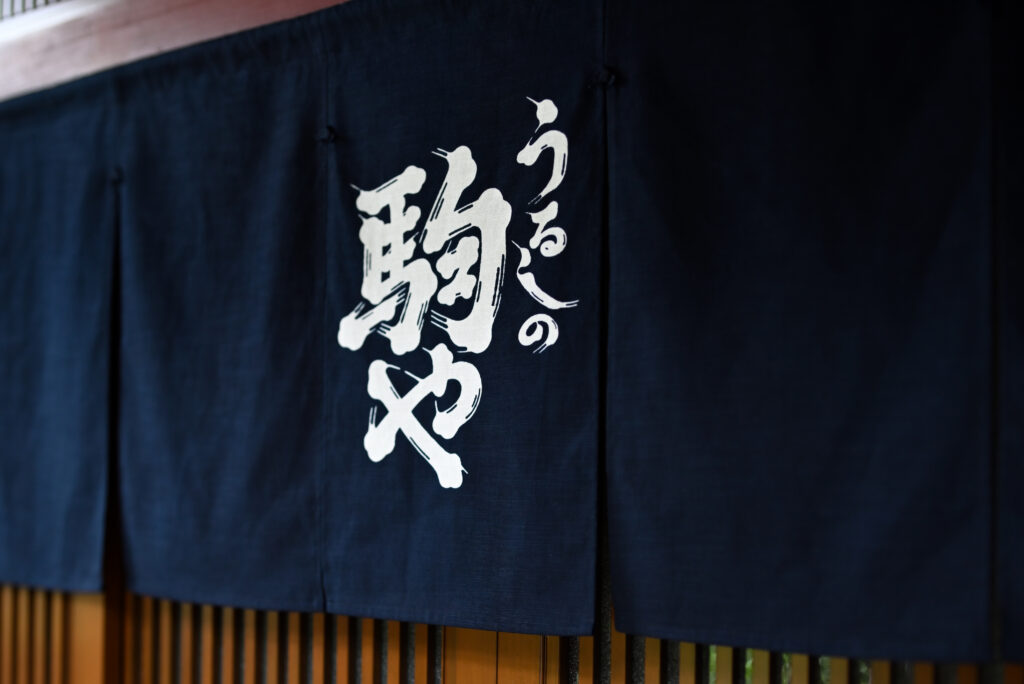
Affiliated Workshop
Komamoto Lacquer Studio
Maki-e expert/certified traditional craftsperson:Takenobu Komamoto
Address: 14-5-1 Azoda-cho, Sabae City, Fukui Prefecture 916-1224, Japan
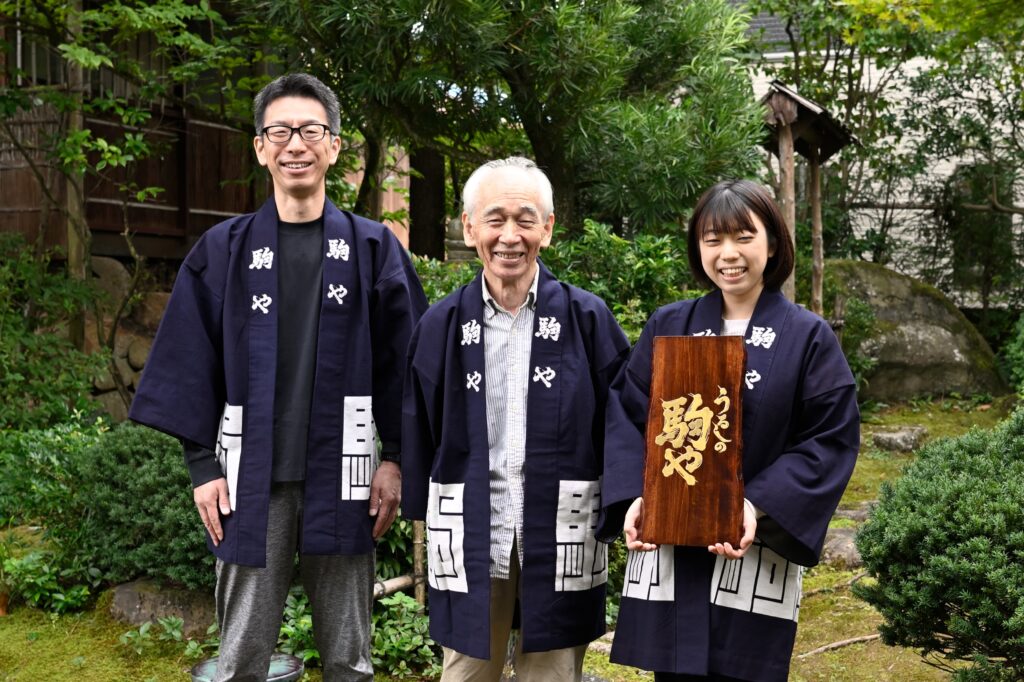
Official SNS
